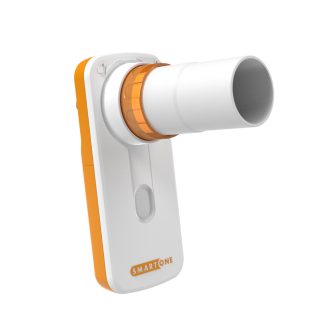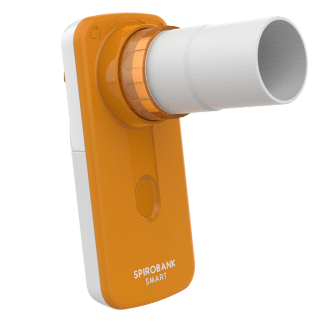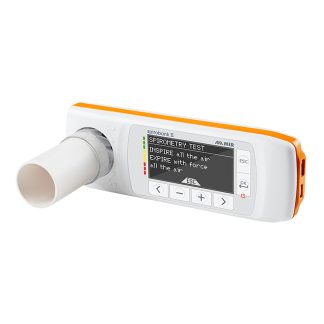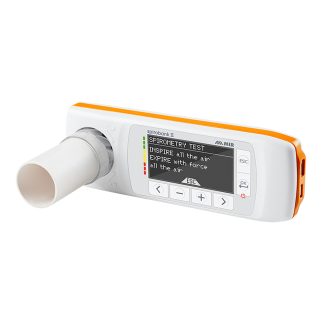Spirometry is a simple test which is used to measure the lung performance based on the amount of air an individual can breathe.
Just as you would service your car, it’s important to keep an eye on your health stats, particularly since the COVID-19 Pandemic, and even more so for people with pre-existing respiratory conditions.
It is considered a vital sign of overall health just as heart rate, body temperature, blood pressure, weight, SpO2 and respiratory rate.










